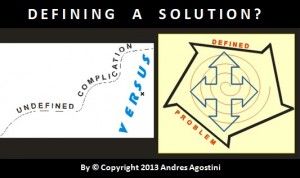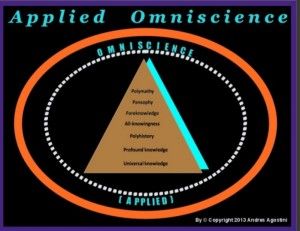Dec 11, 2013
Skunkworks
Posted by Andres Agostini in categories: big data, biological, bionic, biotech/medical, bitcoin, business, chemistry, climatology, complex systems, cosmology, counterterrorism, cybercrime/malcode, cyborgs, drones, economics, education, energy, engineering, environmental, ethics, existential risks, finance, food, futurism, genetics, geopolitics, government, health, information science, law, law enforcement, mobile phones, nanotechnology, neuroscience, philosophy, physics, policy, posthumanism, privacy, robotics/AI, science, scientific freedom, security, singularity, space, supercomputing, sustainability, transhumanism, transparency, transportation
The Future of Skunkworks Management, Now! By Mr. Andres Agostini

This is an excerpt from the conclusion section of, “…The Future of Skunkworks Management, Now!…” that discusses some management theories and practices and strategies. To view the entire piece, just click the link at the end of this post:

Peter Drucker asserted, “…In a few hundred years, when the story of our [current] time is written from a long-term perspective, it is likely that the most important event those historians will see is not technology, not the Internet, not e-commerce [not so-called ‘social media’]. IT is an unprecedented change in the human condition. For the first time ─ literally ─ substantial and growing numbers of people have choices. for the first time, they will have to manage themselves. And society is totally unprepared for it…”
Please see the full presentation at http://goo.gl/FnJOlg















